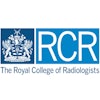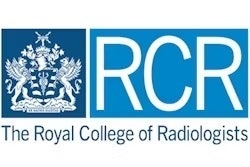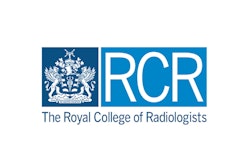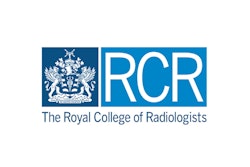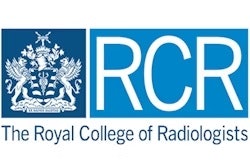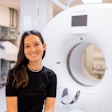Clinical staff in the emergency department (ED) are responsible for requesting a CT scan and acting on the result when thoracic aortic dissection (TAD) is suspected, according to updated guidelines from the U.K. Royal College of Emergency Medicine (RCEM) and Royal College of Radiologists (RCR).
The free-to-download 17-page document, "Diagnosis of Thoracic Aortic Dissection in the Emergency Department," was released jointly this month by the RCEM and RCR. It provides "a consensus opinion with regards to which patients should be considered for CT scanning (the diagnostic modality of choice) whilst accepting that this is still an area of considerable controversy and concern," the RCR noted in its summary. The recommendations, originally published in January 2024, reflect current best practices after minor amendments, according to the RCR.
"Thoracic aortic dissection is a time-critical emergency and provision must be available for the ED to rapidly access CT Aortograms throughout the whole 24-hour period," RCR said in its summary.
TAD is a relatively uncommon cause of chest pain -- acute coronary syndrome is 100-200 times more common -- but can be catastrophic with an in-hospital mortality rate of 27%, according to the guidance. Clinical findings seen in TAD may include pulse deficits, aortic regurgitation, unequal blood pressure in both arms, unexplained hypotension, or commonly no specific clinical signs. Myocardial ischemia, aortic rupture, and heart failure are among TAD's complications.
Fifteen percent of patients with TAD have a normal chest x-ray, the guidance noted, adding recommendations for diagnostic modality of choice CT aortogram (CTA). All clinicians working in the emergency department should be made aware of the difficulties in excluding the diagnosis of TAD and the need to be aware of local policies and resources to assist in this as part of their induction, experts recommended.
Ensuring there are minimum barriers to CT scans includes ensuring emergency physicians consider the diagnosis in appropriate cases and local protocols are in place for urgent CT scans meeting the appropriate criteria, the guidance stated.
Authors of the update include Dr. Mark Callaway, medical director of professional practice, clinical radiology at the RCR; RCEM Safer Care Committee chair Dr. Emma Redfern; and RCEM Best Practice Committee chair Dr. James France.
The full report is available on the RCR website.

